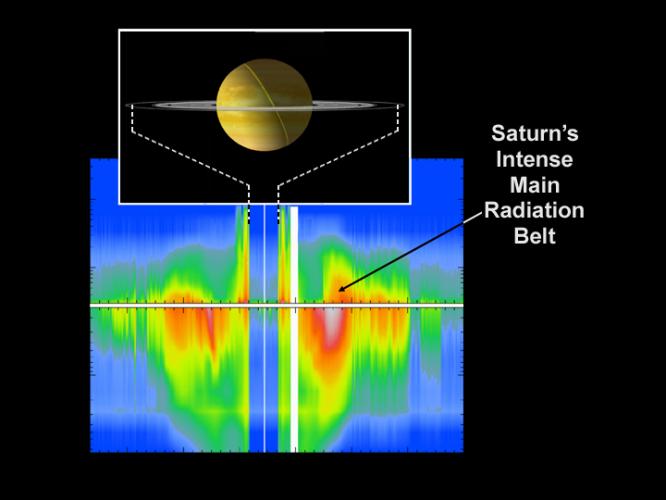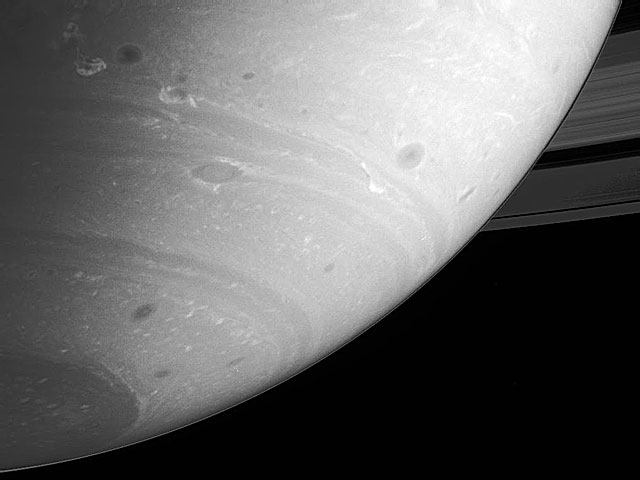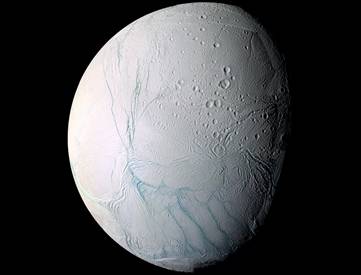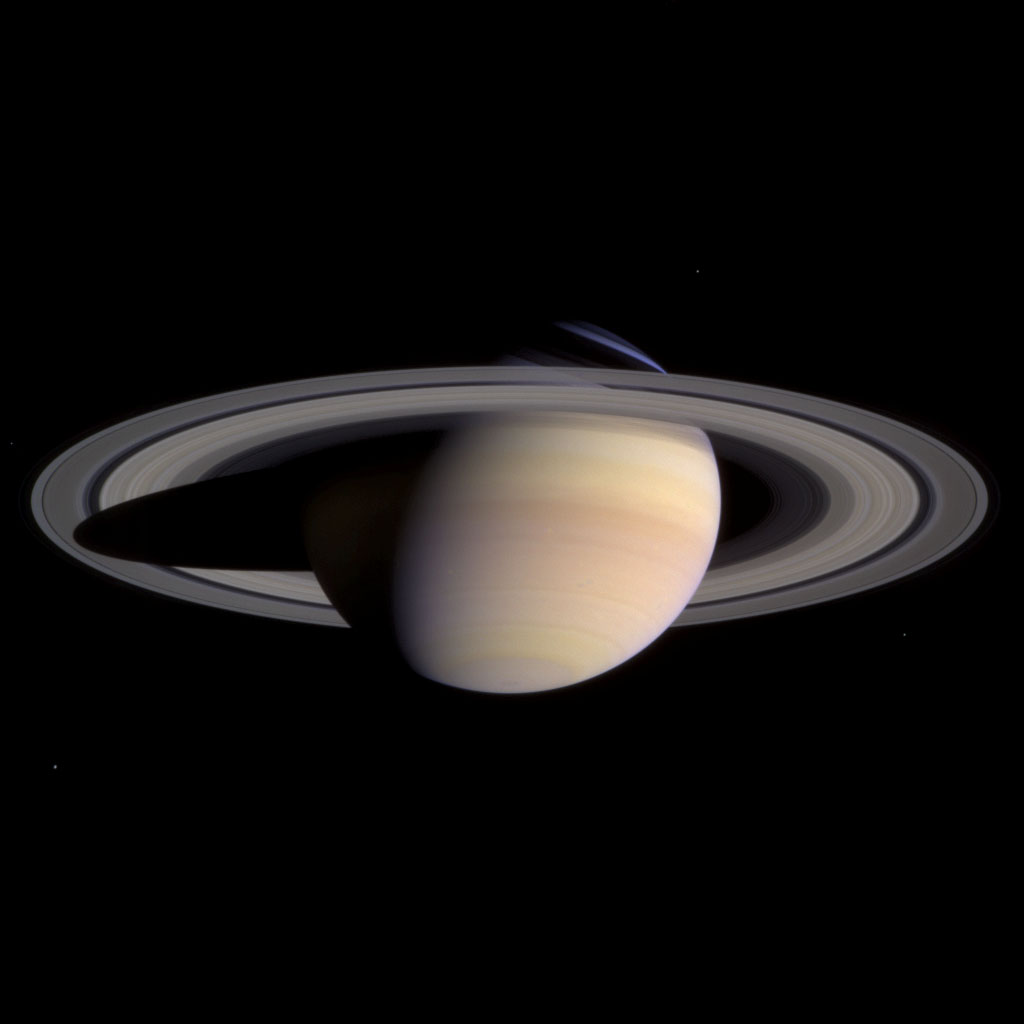Since Galileo first looked at Saturn in 1610, astronomers have wondered what Saturn would look like up close. We finally got the chance in 1979, when the first spacecraft reached Saturn. Here are the missions to Saturn.
Pioneer 11
Launched in 1973, Pioneer 11 made a flyby of Jupiter, and used the planet’s gravity to change its trajectory to intercept Saturn. It arrived at Saturn on September 1, 1979, passing just 22,000 km above the surface of Saturn. It took the first ever close up pictures of Saturn, and discovered a previously unknown ring.
Voyager 1
NASA’s Voyager 1 was the next mission to arrive at Saturn, passing the planet on November 12, 1980. It flew within 124,000 km of Saturn and sent back a torrent of pictures. It was also able to make a flyby of Saturn’s moon Titan, and returned stunning images of Saturn and its rings. After passing Saturn, Voyager 1 sped off into interstellar space, where it’s still going now, and still sending back data.
Voyager 2
Not long after Voyager 1 completed its mission to Saturn, Voyager 2 came along and did the same. It reached Saturn on August 26, 1981. In addition to seeing Saturn from an altitude of 100,800 km, Voyager 2 also made flybys of Saturn’s moons Enceladus, Tethys, Hyperion, Iapetus, Phoebe and several others. Voyager 2 received a gravitational boost from Saturn, and was able to swing into a path that took it past Uranus and Neptune, to complete the Grand Tour of the Solar System.
Cassini/Huygens
The previous flybys were helpful to scientists, but to really study Saturn, NASA sent the Cassini/Huygens mission, which arrived and went into orbit around Saturn in 2004. As part of its mission, the spacecraft delivered the Huygens probe to study Titan. Cassini has now completed its main mission, but will continue to orbit and study Saturn and its moons for years to come. So many discoveries have come out of Cassini/Huygens, such as the geysers on Enceladus, oceans and seas of hydrocarbons on Titan, new moons, and even new rings.
Here’s an article about seeing Cassini’s position in 3-dimensions, and another article about the completion of Cassini’s mission.
This page from NASA lists all the past, present and future missions to Saturn, and here’s NASA’s Saturn mission page.
We have recorded two episodes of Astronomy Cast just about Saturn. The first is Episode 59: Saturn, and the second is Episode 61: Saturn’s Moons.
Reference:
NASA










